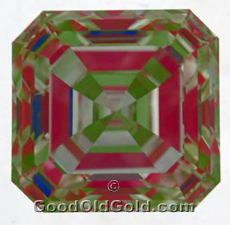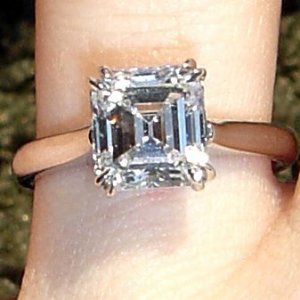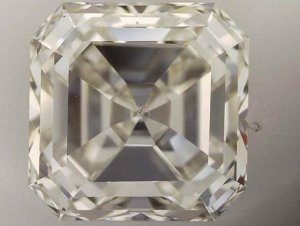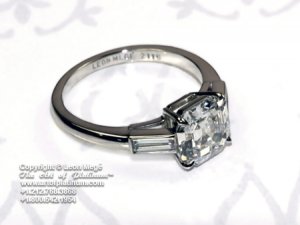- Joined
- Mar 28, 2001
- Messages
- 6,341
Hi late,Date: 11/28/2008 4:08:00 PM
Author: late-start
Date: 11/26/2008 11:44:13 PM
Author: Rhino
He hasn't however visibly seen the diamond he is criticizing while I have. I have personally seen and inspected this 1.93ct Asscher cut linked in this thread. The table size is not an issue and I have personally compared this to quite a few other Asssher's with seemingly better specs (smaller table etc.).
The slightly larger table on this diamond is not an issue and it will kick optical rear end compared to many Asscher's out there on the market, even most of those with smaller tables.
Greater depth + smaller table does not = more beautiful Asscher.
I just saw the video of this particular diamond and it is very good looking. I haven't looked at enough asschers in person to know what I prefer in terms of table size and/or steps; but I did liked the way this one performed.
It's still hard trying to make a mental image of what a diamond will look like based on an internet photo. Furthermore quiet amazed at how different they can look (ie areas of darkness)
Internet photography is great yet at the same time can be misleading with regards to actual diamond appearance in common everyday viewing. Diamonds with blase light performance can be perceived as great and vice versa. I've been utilizing various means of photography and technical exams to best communicate what it is we are seeing and as someone who is one of the more "hands on" gemologists when it comes to technologies and diamonds I can tell you all of them have their limitations. IdealScope, ASET, BrillianceScope, DiaCalc etc.
In order to try and assess light performance from a photograph a number of variables have to be known about the camera, the lens and lighting setup. For starters the focal length, or distance of the lens of the camera to the diamond. The exact measurement of the width of the lens and how much obstruction it is causing ... or not causing in the face up appearance of the diamond. Then assimilating how that actually compares to human observation and real obstruction caused by head/body shadow. Does the obsstruction of the lens match what is really being obstructed in real world observation? What is behind the diamond when the photograph is being taken ... does it mask leakage or expose it?
And we're only scratching the surface.
Kind regards,








300x240.png)